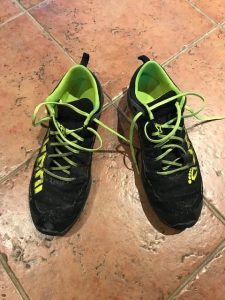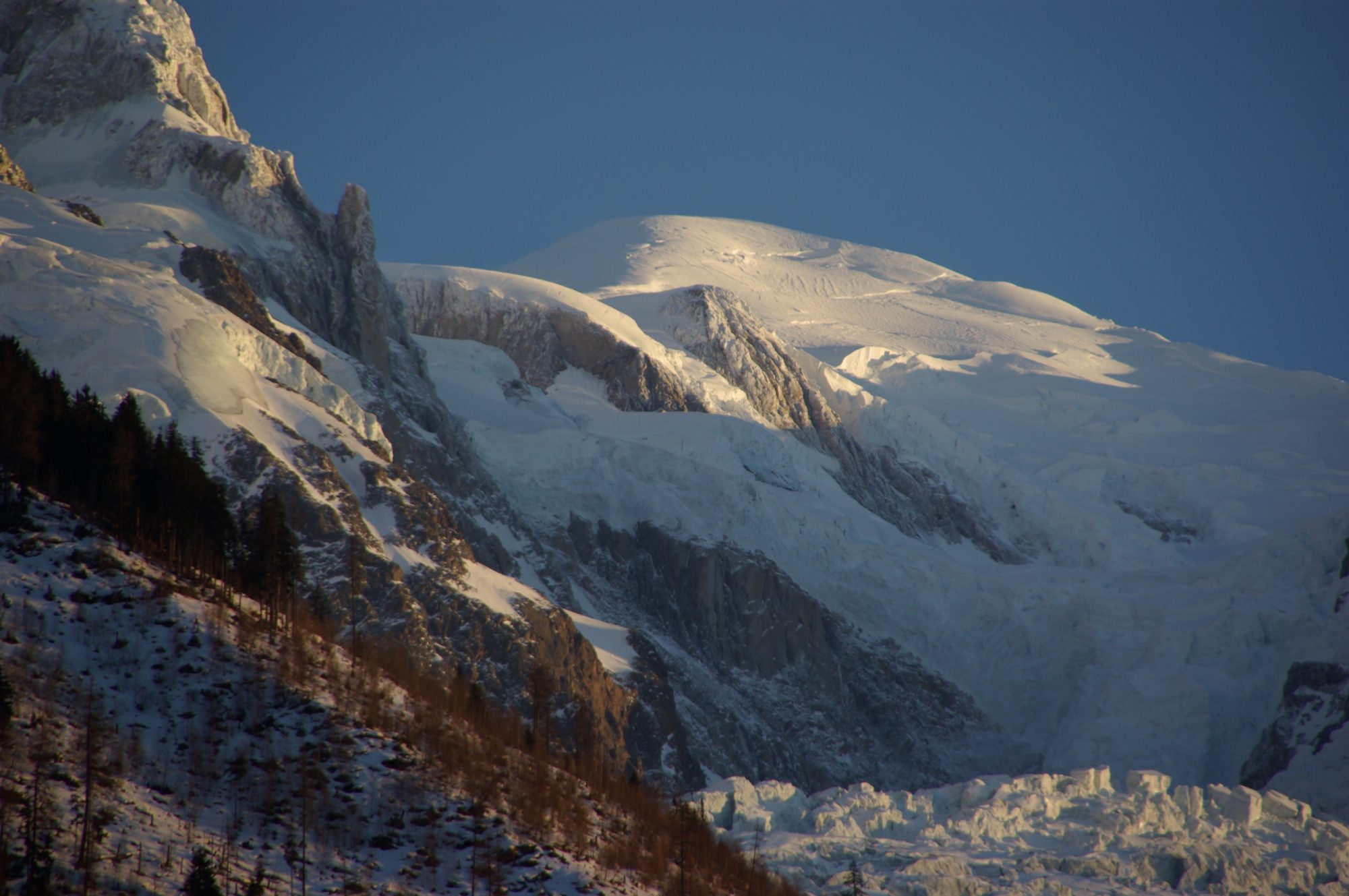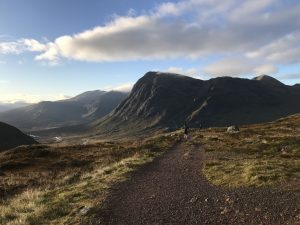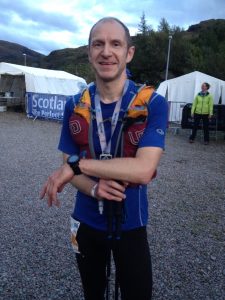
This year I’ve decided to attempt the Glencoe Skyline, a 55km mountain run which circumnavigates Glencoe in the Scottish Highlands, involving 4700m of ascent with some scrambling/ rock climbing thrown in for good measure. To quote the race organisers ” the nature of the challenge is very severe and there is a risk of serious injury or death whilst participating in the event.” I’m excited and terrified in equal measure.
I’ve done quite a few challenging races in the past, but I’ve never actually run a pure marathon, so it made sense to incorporate one into my Skyline training schedule.
After all, there’s something special about a marathon – not just the challenging distance, but its history – its beginnings with Pheidippides in 490B.C, Spyridon Louis winning the event in the first Olympics of the modern era fortified by local wine, the famous races, the legendary athletes.
First timers like myself inevitably start with a lot of questions about training and nutrition, and the amount of information out there is overwhelming and often conflicting. How many times a week should you run? Should you do any other types of exercise other than running? What is a tempo run? What should you eat before, during and after a race?
It’s highly unlikely that there’s a one size fits all training plan. Ideally we would all have our own coach, who could devise personalised training regimes based on our goals, fitness, physiology, natural abilities, proneness to injuries etc.
But most of us don’t have this luxury, so we have to pick a training plan that sounds reasonable, monitor our performance, experiment with it, and tweak it as our training progresses.
In keeping with my interest in a time efficient, less is more approach to training, I was interested in trying a 3 day a week marathon training schedule, as advocated by some running authorities.
I like the idea of this approach – it seems more achieveable and realistic for the average runner (like myself), and in theory, reduces the risk of injury in the short term. It may also have more of a chance of establishing a lifelong commitment to distance running, than more hardcore training plans which advocate running five or six times a week.
Anyway, here’s how it went:
The plan:
My aim was to get round the course in one piece without getting injured, and use the training as a stepping stone towards the ultra marathon.
It was a bit of a struggle to find a race that fitted in with work and family commitments and occurred on a date that allowed me enough time to train. Eventually I picked the Lakeland Trails marathon – it sounded great (a loop of Coniston in the Lake District) and it took place about the right time in my training schedule.
I didn’t have the luxury of the usual 4 to 6 month plan, but I thought I had a reasonable base level of fitness, so I found a 10 week plan from a running magazine which advocated 4 runs per week, 2 rest days, with a day of cross training.

The reality:
I work full time and have a young family so I modified the plan to suit. I ran three times a week – I would do an easy 6km run, a 10km run, and a long slow run which was supposed to build to a maximum of 18 miles on week 8. Runs were generally off road on hilly terrain. I tried to add in two sessions of circuit training a week where possible, leaving me two days off.
Training was going well until about 3 weeks away when I developed flu, which forced me to take 10 days off training and so I failed to achieve my long slow run of 18 miles. I never ran further than 14 miles and there was no time for a taper.
On race day itself, I felt I had recovered from my bout of flu and was happy that I could run safely without too great a risk of viral myocarditis. The first half of the race was fine and I felt strong, however my lack of training in the last few weeks eventually took its toll, and the last 10km was particularly grim, and I finished in a slower time that I had hoped.
Given my age and suboptimal training, I expected to feel worse in the days after the marathon, but apart from some knee pain and a bit of nausea on the evening after the race, I recovered better than I thought.
What went well?
Having some sort of plan written down and pinned to the wall was crucial. I stuck to it as far as possible, but didn’t beat myself up if I missed the occasional session through work or other commitments.
I’m a big fan of training as specifically as possible for the event you’re involved in. This was an off-road trail marathon on the fells of the Lake District, so I tried to train in a similar environment.
Learning points
Getting sick was unfortunate, although in retrospect fairly inevitable. It’s highly likely that you’re going to get sick or pick up an injury at some point during your training, so factor this in. Give yourself enough time to train properly, even if you already consider yourself fit.
I like the idea that you can run a marathon using a regime based around only 3 runs per week, however, it doesn’t leave you with much leeway when things inevitably don’t go to plan – like getting sick (or going on a stag weekend the weekend before the race).
Also, once your ambitions go beyond finishing the race in a vaguely respectable time, you’ll undoubtedly need to up your weekly mileage, whilst still focusing on being as efficient and effective as possible during your sessions.
Here are a few other tips I picked up from my first marathon experience:
- Train as specifically as you can (ideally reconnoitre the course)
- Every run should have a purpose (hills, speed work, endurance)
- Factor in set backs – trainer harder and for longer than you might think is necessary
- Listen to your body






